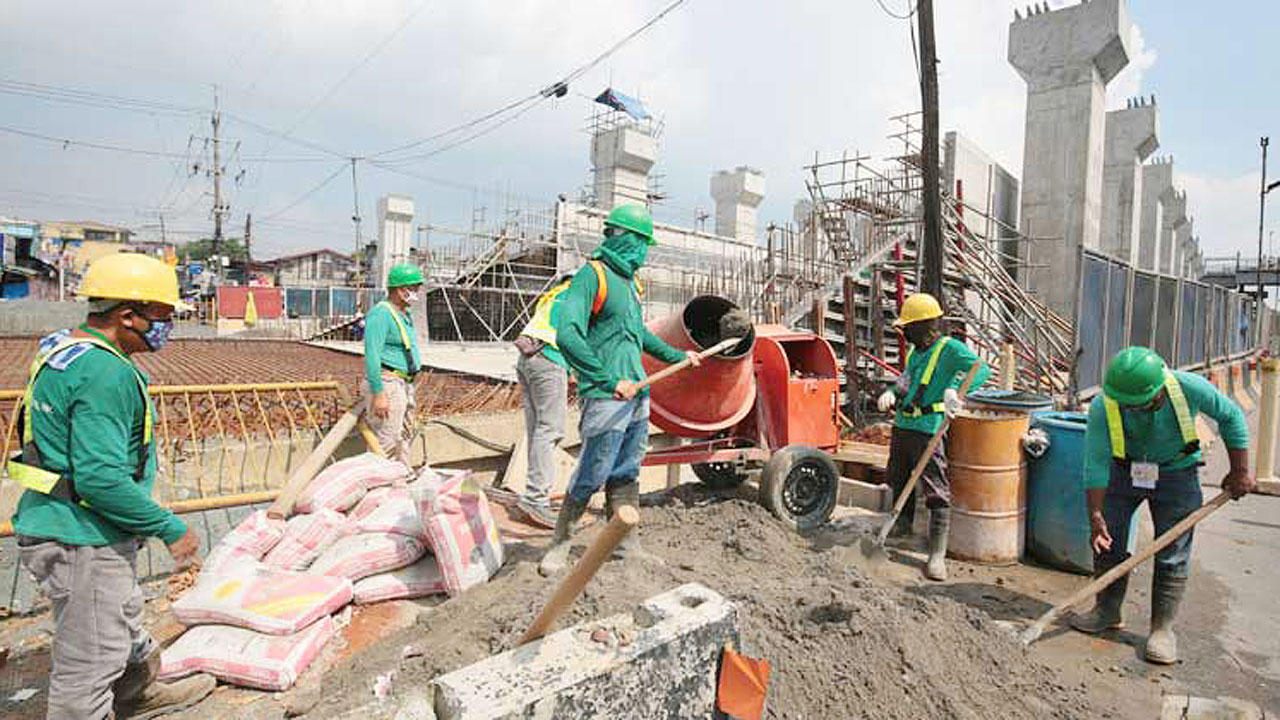
WHOLESALE PRICES of construction materials in Metro Manila rose 4.3% in August, the highest rate in 31 months, the Philippine Statistics Authority (PSA) said Wednesday.
Preliminary PSA data indicated that the rise in the August construction materials wholesale price index (CMWPI) accelerated from 2.3% in July and 1% a year earlier.
The 4.3% result was the highest since January 2019, when wholesale construction materials prices grew 4.4%.
Year to date, the CMWPI rose 2.4%, up from the 1.5% expansion posted a year earlier.
The August growth was led by the price of galvanized iron sheets, which rose 11.5% year on year compared with 2.3% in July; reinforcing and structural steel (7.6% from 3.6%); electrical works (5.6% from 4.1%); plywood (2.2% from 1.9%); lumber (2.2% from 2%); doors, jambs, and steel casements (2.2% from 1.9%); painting works (1.9% from 1.7%); and concrete products and cement (0.7% from 0.6%).
The year-on-year growth in wholesale prices of fuels and lubricants remained elevated at 17.4%, though easing from the 18% rise in July. Meanwhile, glass and glass products grew 14.4%, unchanged from July.
Wholesale prices of sand and gravel grew 3.4%, retreating from the 3.6% growth rate in July.
“This could be the result of increasing bottlenecks brought by new lockdowns in August. It should also be noted that construction growth had been on an upswing the previous period and there is momentum in the recovery of demand, particularly for construction materials,” UnionBank of the Philippines, Inc. Chief Economist Ruben Carlo O. Asuncion said in an e-mail.
“We’ve seen (first-quarter) gross domestic product (GDP) growth supported by both manufacturing and construction recovery, and this same momentum might have pushed prices higher as restrictions went up in August,” Mr. Asuncion added.
The NCR (National Capital Region) and the surrounding areas were under general community quarantine between May 15 and Aug. 5, albeit with local variations. This was elevated to a stricter setting of enhanced community quarantine (ECQ) between Aug. 6 and 20 in order to curb the spread of the more infectious Delta variant of coronavirus disease 2019 (COVID-19) and later eased to modified ECQ.
The government implemented on Sept. 16 a new lockdown system in Metro Manila. Under the new guidelines, lockdowns will be localized at the city level depending on case transmission rates and healthcare utilization rates. The new alert system will consist of five levels, with level 5 equivalent to ECQ.
Mr. Asuncion said the “granular” lockdowns may ease the pressure on prices.
“This would open certain parts of the economy not directly ‘locked down’ because of rising infections. The shift, in general, I believe is a better option as the government strives to open the economy further,” Mr. Asuncion said.
“If implemented effectively, I think prices of construction materials will ease as supplies and consumers can move more freely,” he added. — Bernadette Therese M. Gadon



